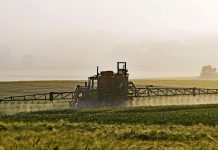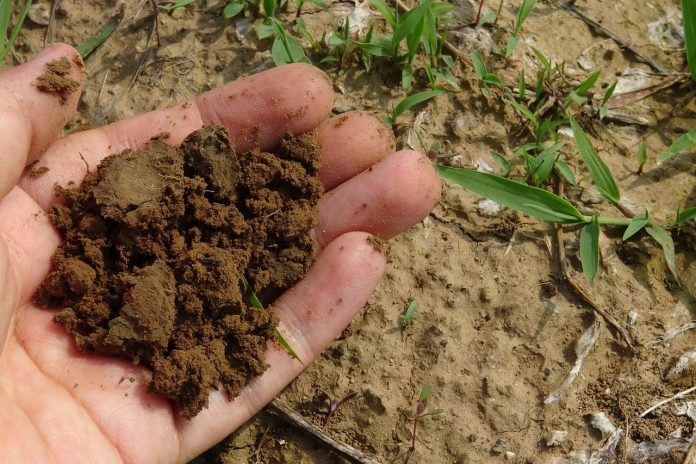Though it might not feel like it yet, crisp air and frosty mornings are just around the corner.
While I am personally happy for a break in high temperatures and sweaty days, I know plenty of work lies ahead of us this fall.
One of the many tasks we are gearing up for is fall nutrient replacement and making vital soil amendments, which should be a consideration for producers everywhere.
Peter Drucker says “you can’t manage what you can’t measure.” When it comes to making changes in soil health and fertility, it is essential to be sure that you are being effective with the nutrients and manage fertility to meet your yield goals.
Soil test
A soil test is a great way to take measure of what you are managing for. Soil testing is a fairly simple process, and many extension agencies, soil and water conservation districts and natural resource conservation service offices can be a resource in getting those tests done. This is an essential first step in getting a handle on nutrient management.
The Ohio Agronomy Guide hands down some great guidance on managing nutrients in forage and hay land situations. It recommends topdressing those hay and forage producing areas with 13 pounds of phosphorus and 50 pounds of potassium for each ton of forage legume or grass taken off of a field.
With this recommendation as a guide post, producers can figure out a tonnage of forage removed, and the acreage it was removed from, and then producers can figure out how much fertilizer is needed to amend soil in the fall.
Soil amendments
The fall is a good time to make soil amendments because drier weather is generally on tap, making access to fields better, without the worry of damaging the soil surface. It also gives time for liming material to work in before the growing season the following year.
The Ohio Agronomy Guide also states that fall fertilization is important due to the fact that potassium and other nutrients help with winter survival, making more dense swords in the following years.
Making soil amendments takes time, and if producers are planning spring seedings, they should be making changes in pH, and macronutrients now to help the chances of a successful seeding in seasons to come.
Soil amendments also help with stand density and diversity because producers are growing healthier, more vigorous forages.
Soil and water conservation district staff, NRCS staff and extension agents are all great resources on how to take soil tests, and where to send soil for analysis. All are resources for producers and are generally quite happy to lend a hand in nutrient management needs.
Do the work now to get some fall soil amendments made. It will improve your stand now, and help your soil health in the long run.













